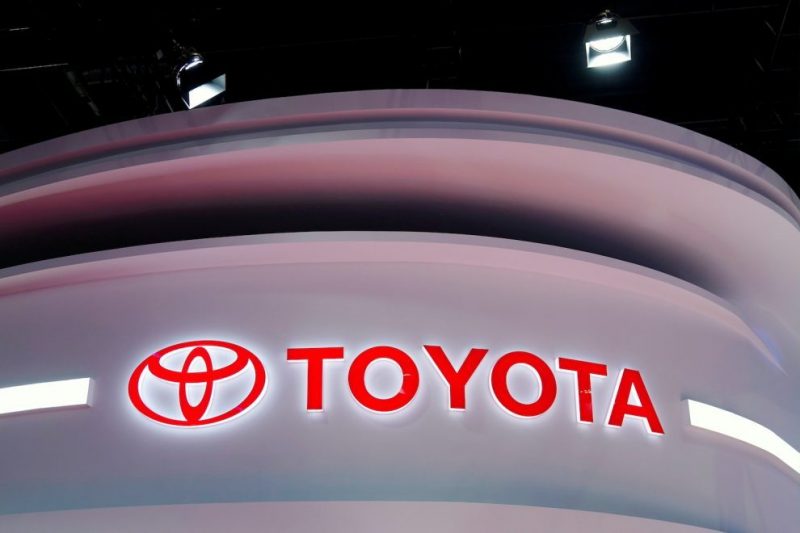(ATF) Toyota’s full-year net profit jumped 10.3% despite the global semiconductor shortage and coronavirus pandemic, underscoring the Japanese carmaker’s resilience learned from an earlier crisis.
The world’s top-selling carmaker has bounced back quicker than its competitors, thanks to lessons it learned after Japan’s devastating earthquake, tsunami and nuclear meltdown 10 years ago.
While the latest crisis caused by skyrocketing demand for semiconductors has forced global carmakers to revise production plans, Toyota exceeded its sales targets this year and expects to sell even more units in the next 12 months.
“Even though sales declined in the first half of the year due to the impact of the coronavirus, in the latter half of the year we saw a rise in sales in many regions,” chief financial officer Kenta Kon said after results were announced.
Toyota said it generated 2.25 trillion yen ($20.6 billion) in the fiscal year to March, up from 2.04 trillion yen the year before, beating its own annual forecast.
For the year to March 2022, it now projects an annual net profit of 2.3 trillion yen, up 2.4 percent.
Toyota declared a 135 yen term-end dividend, up from 120 yen, lifting the full-year dividend to 240 yen, 20 yen higher than last year.
SHARE BUYBACK
The company also disclosed a share buyback programme worth 250 billion yen, representing 1.46% of total outstanding shares.
The global microchip shortage dragging on the automotive industry has put barely a dent in production at Toyota.
“Toyota learned the lessons of the 2011 earthquake probably better than anybody,” said Christopher Richter, managing director at brokerage CLSA.
Toyota also vowed to accelerate its electrification strategy, setting a target of 8 million electric vehicle (EV) units by 2030, up from a goal of 5.5 million set in 2017.
“This outlook expects mainly battery EVs in Europe and China and primarily hybrid EVs in Japan and North America,” Takaki Nakanishi, an equity analyst at Jefferies, said.
“A key difference is its strong outlook for hybrid EV growth in the various markets,” he added.
With reporting by Agence France-Presse
























